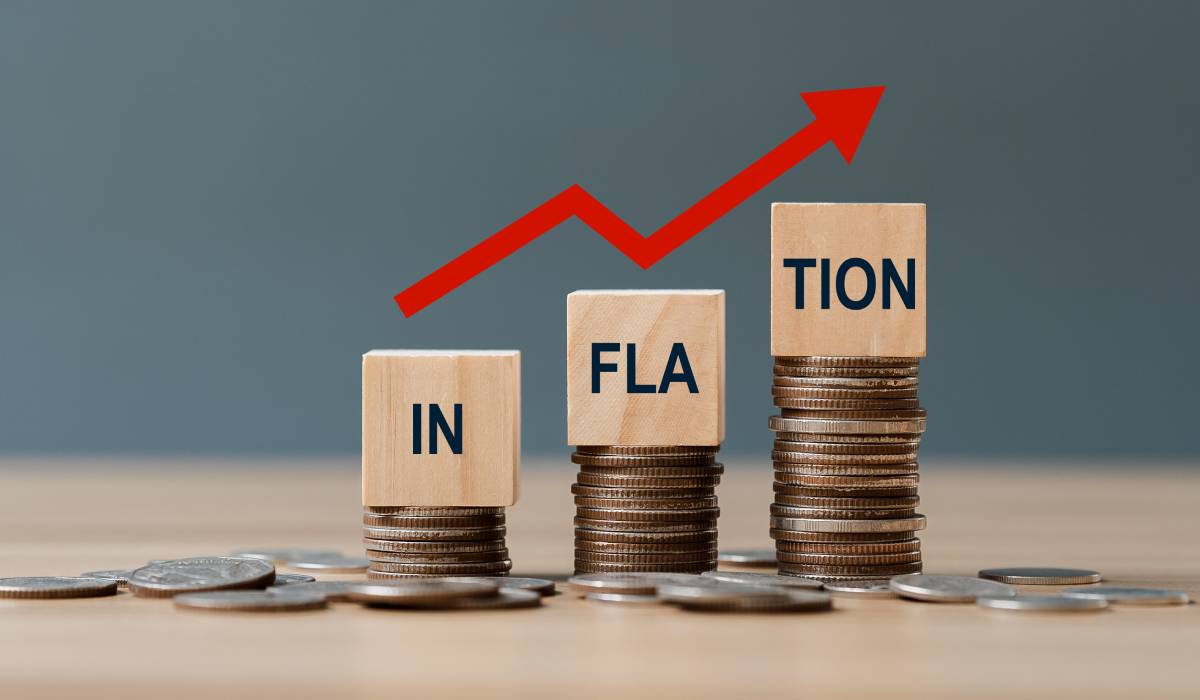Restaurant menu prices rose 8 percent year-over-year in August, a potential sign that inflation isn’t relenting as once thought.
The increase is the highest of 2022, exceeding June’s 7.7 percent uptick. Full-service meals rose 9 percent while quick-service menu prices soared 7.2 percent.
Overall U.S. inflation grew 8.3 percent last month, down slightly from the 8.5 percent bump in July. In June, inflation increased 9.1 percent.
Here’s how menu prices have stacked up for the past several months.
January
- Food away from home index: 6.4 percent
- Quick-service menu prices: 8 percent
- Full-service menu prices: 7.1 percent
February
- Food away from home index: 6.8 percent
- Quick-service menu prices: 8 percent
- Full-service menu prices: 7.5 percent
March
- Food away from home index: 6.9 percent
- Quick-service menu prices: 7.2 percent
- Full-service menu prices: 8 percent
April
- Food away from home index: 7.2 percent
- Quick-service menu prices: 7 percent
- Full-service menu prices: 8.7 percent
May
- Food away from home index: 7.4 percent
- Quick-service menu prices: 7.3 percent
- Full-service menu prices: 9 percent
June
- Food away from home index: 7.7 percent
- Quick-service menu prices: 7.4 percent
- Full-service menu prices: 8.9 percent
July
- Food away from home index: 7.6 percent
- Quick-service menu prices: 7.2 percent
- Full-service menu prices: 8.9 percent
Demand-driven inflation—when consumers keep spending even if they have to pay more—has become a central issue, according to the AP. Multiple industries, especially restaurants and bars, have repeatedly raised pay to boost recruitment and retention, and consumers are putting this increased buying power to great use.
“One of the most remarkable things is how broad-based the price gains are,” Matthew Luzzetti, chief U.S. economist at Deutsche Bank, told the AP. “The underlying trend in inflation certainly has not shown any progress toward moderating so far. And that should be a worry to the Fed because the price gains have become increasingly demand-driven, and therefore likely to be more persistent.”
Indeed, several of the biggest chains in the U.S. say there’s room for more price increases down the line if necessary. McDonald’s said in late July that consumers worldwide are tolerating price hikes, noting that in almost every major market, except China and Spain, the brand is leading in “value for money” metrics.
On the full-service side, BJ’s Restaurants told investors a couple of months ago that it hasn’t seen any change in traffic patterns and that guests are following seasonality. Customers were ordering the usual number of appetizers, drinks, and desserts, and there hasn’t been a rush toward value-based offerings to save money.
“While we have seen new challenges emerge throughout the pandemic, we continue to meet these challenges head on, manage our business for both near- and long-term objectives and remain steadfast in our focus on providing our guests with the best experience which will allow us to continue delivering outsized growth in the years to come,” CFO Tom Houdek said during BJ’s Q2 earnings call.
Some, like IHOP and Applebee’s, are seeing trade-down from fine-dining customers. Dine Brands CEO John Peyton said that in Q2, both chains saw a slight drop in traffic from household incomes below $50,000, flat to up a couple of points from household incomes between $50,000 and $75,000, and a bump of six to eight points from household incomes above $75,000.
The biggest concern for restaurants is the decrease in low-income customers, and they’ve responded with increased value offerings. In August, Domino’s held its second boost week of the year in which all menu-priced items were 50 percent off. The chain followed that up with an “Inflation Relief Deal” in which all menu-priced items ordered online are 20 percent off for a limited time.
Still though, restaurants are benefiting greatly from what’s happening at its grocery competitors. Those prices rose 13.5 percent in August compared to last year, the largest 12-month increase since the period ending March 1979. Cereal and bakery products rose 16.4 percent, fruits and vegetables 9.4 percent, and dairy products 16.2 per ent.




